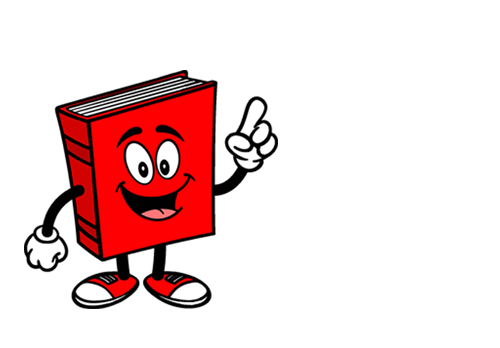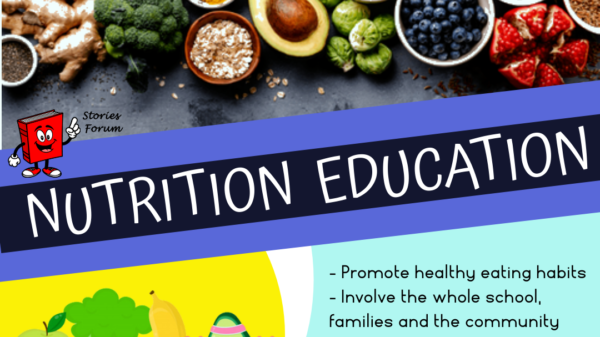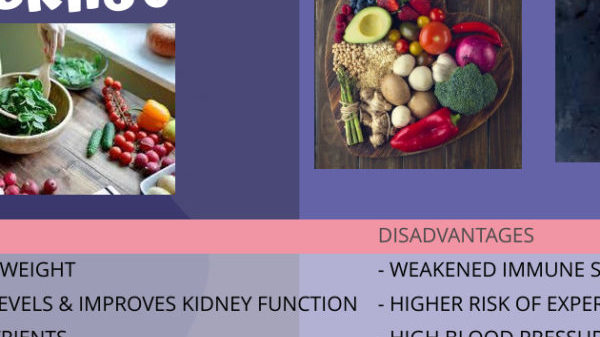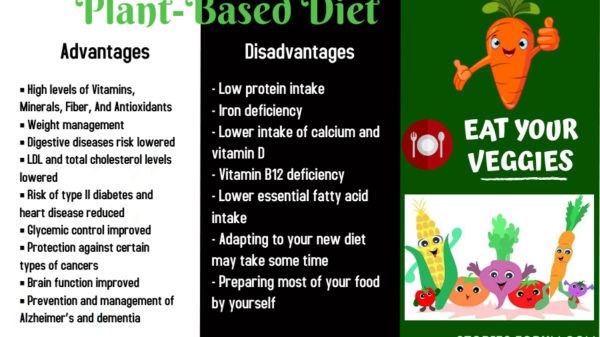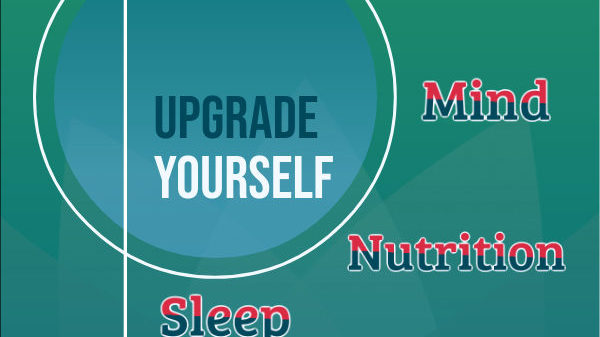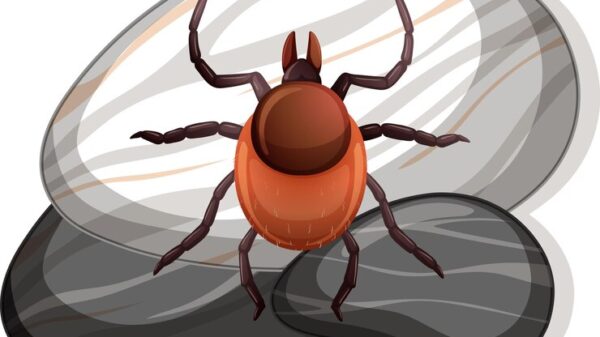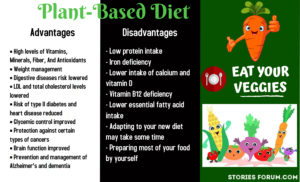What is Keotogenic Diet?
The keto or ketogenic diet is a very low-carb, high-fat diet. It involves drastically reducing carbohydrate intake and replacing it with fat. This reduction in carbs puts your body into a metabolic state called ketosis.
Ketosis is a process that happens when your body doesn’t have enough carbohydrates to burn for energy. Instead, it burns fat and makes things called ketones, which it can use for fuel. When this happens, your body becomes incredibly efficient at burning fat for energy. It also turns fat into ketones in the liver, which can supply energy for the brain.
Ketogenic diets can cause massive reductions in blood sugar and insulin levels. This, along with the increased ketones, has numerous health benefits.
How Does the Keto Diet Work?
The keto diet aims to force your body into using a different type of fuel. Instead of relying on sugar (glucose) that comes from carbohydrates (such as grains, legumes, vegetables, and fruits), the keto diet relies on ketone bodies, a type of fuel that the liver produces from stored fat.
Burning fat seems like an ideal way to lose pounds. But getting the liver to make ketone bodies is tricky:
- It requires that you deprive yourself of carbohydrates, fewer than 20 to 50 grams of carbs per day.
- It typically takes a few days to reach a state of ketosis.
- Eating too much protein can interfere with ketosis.
What Should You Eat?
The keto diet has such a high fat requirement followers must eat fat at each meal. In a daily 2,000-calorie diet, that might look like 165 grams of fat, 40 grams of carbs, and 75 grams of protein. However, the exact ratio depends on your particular needs.
Some healthy unsaturated fats are allowed on the keto diet — like nuts (almonds, walnuts), seeds, avocados, tofu, and olive oil. But saturated fats from oils (palm, coconut), lard, butter, and cocoa butter are encouraged in high amounts.
Protein is part of the keto diet, but it doesn’t typically discriminate between lean protein foods and protein sources high in saturated fat such as beef, pork, and bacon.
Furthermore, all fruits are rich in carbs, but you can have certain fruits, for instance berries, in small portions. Vegetables are restricted to leafy greens like kale, Swiss chard, spinach, cauliflower, broccoli, Brussels sprouts, asparagus, bell peppers, onions, garlic, mushrooms, cucumber and celery.
Eat:
- Meats – fish, beef, lamb, poultry, eggs, etc.
- Leafy Greens – spinach, kale, etc.
- Above ground vegetables – broccoli, cauliflower, etc.
- High Fat Dairy – hard cheeses, high fat cream, butter, etc.
- Nuts and seeds – macadamias, walnuts, sunflower seeds, etc.
- Avocado and berries – raspberries, blackberries, and other low glycemic impact berries
- Sweeteners – stevia, erythritol, monk fruit, and other low-carb sweeteners >
- Other fats – coconut oil, high-fat salad dressing, saturated fats, etc.
Do Not Eat:
- Grains – wheat, corn, rice, cereal, etc.
- Sugar – honey, agave, maple syrup, etc.
- Fruit – apples, bananas, oranges, etc.
- Tubers – potato, yams, etc.
What are the Potential Risks of Keto Diet?
- An increase in “bad” LDL cholesterol which is also linked to heart disease
- Nutrient deficiency
- Liver problems
- Kidney problems
- Constipation
- Fuzzy thinking and mood swings
What Are the Benefits of Keto Diet?
- Weight loss
- Lower blood sugar levels
- Mental focus
- Increased energy & Normalized hunger
- Epilepsy
- Cholesterol & Blood pressure control
- Insulin resistance
- Skin improvement
Bottom Line:
Although, there are certain risks associated with keto diet, it entails numerous health benefits as well. It is of utmost importance to consume a healthy diet and control what you eat. Eat Healthy, Stay Happy!

